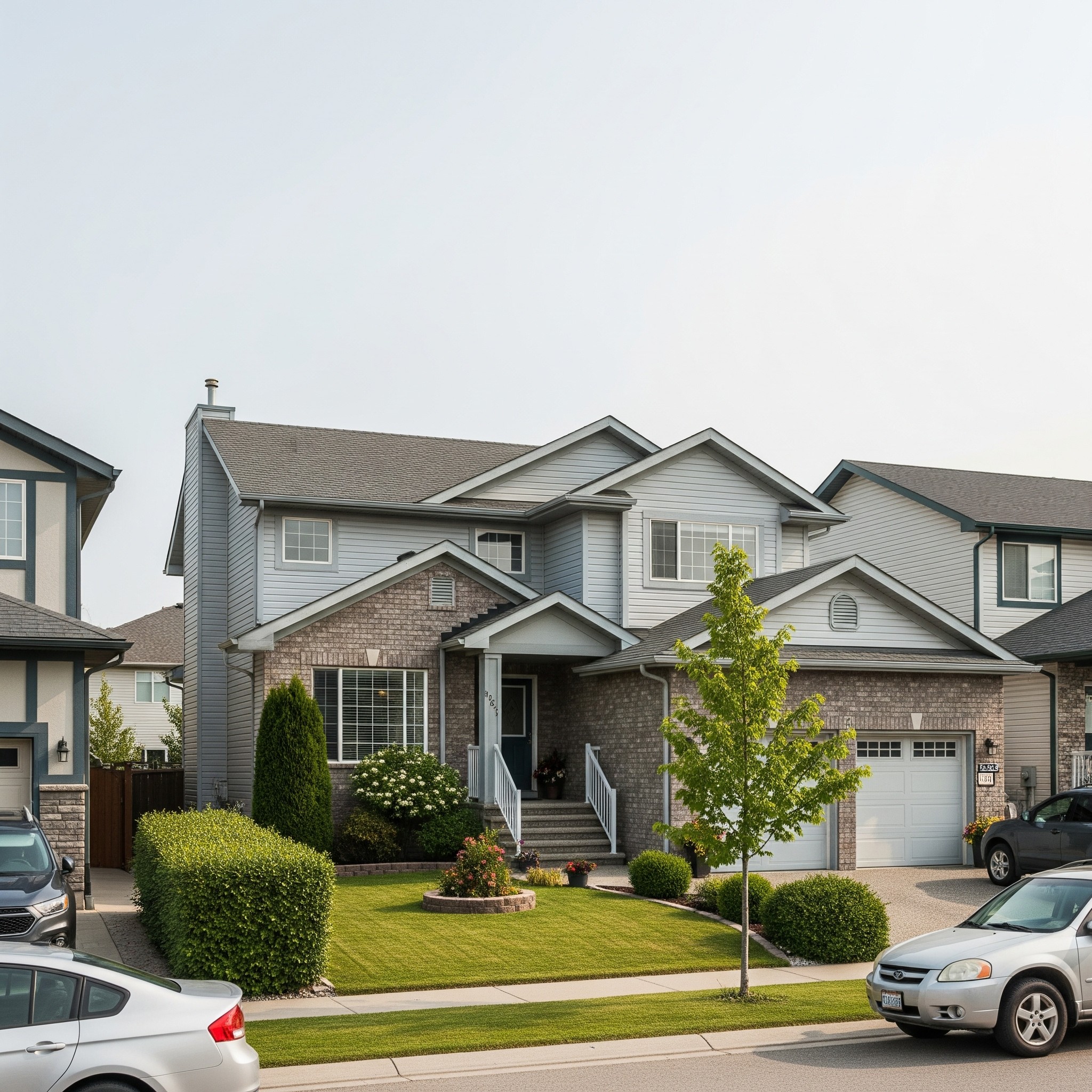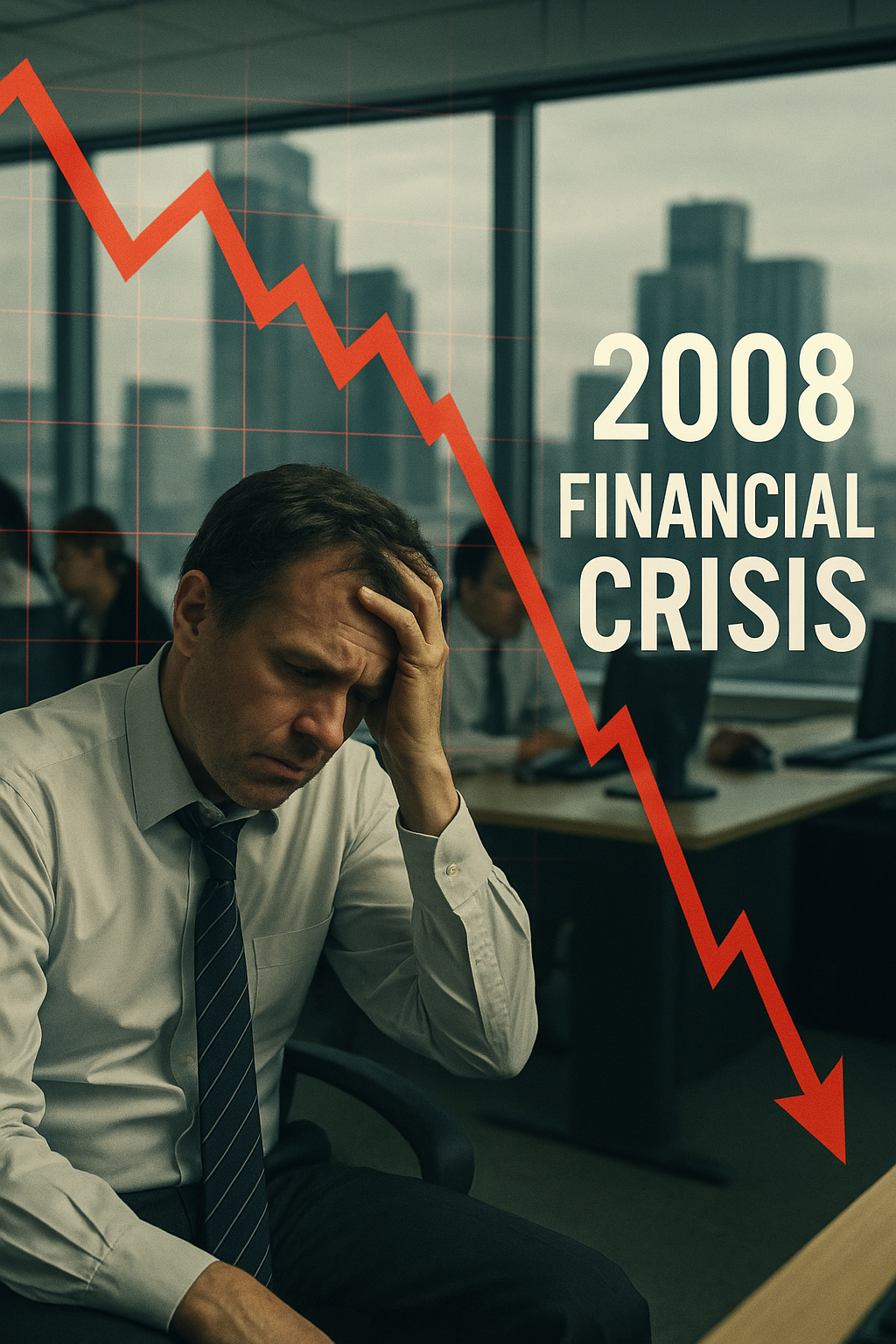Calgary in the 2000s: Urban Revival, Condo Living & the Rise of the Beltline
Let me take you back to Calgary in the 2000s—a decade that redefined the city. As someone who’s lived and breathed Calgary real estate and construction for years, I saw this transformation firsthand. It was a time when oil was booming, the skyline was rising, and new communities were emerging faster than ever. Whether you were a buyer, investor, or builder, the opportunities felt endless.
This wasn’t just a period of growth—it was Calgary reinventing itself.
Population Growth, Economic Firepower, and Real Estate Opportunity
From 2001 to 2007, Calgary added nearly 41% more housing units to meet a growing population. Single-family home prices jumped nearly 263%, and condos weren’t far behind with a 191% increase. The surge was fueled by a red-hot energy sector, strong job creation, and some of the most affordable mortgage rates we’d seen in years (five-year fixed rates floated between 4–6%).
The result? Buyers flooded the market. Builders could barely keep up. Investors cashed in on rapid equity gains. And new communities began popping up on every corner of the map.
Hot Suburbs & Inner-City Heat 
Neighbourhoods like Tuscany, Cranston, and Evergreen became poster children for suburban success. Homes in these areas often sold between $250K and $400K—a steal compared to today’s prices.
At the same time, inner-city communities like Altadore, Killarney, and Renfrew saw a wave of infill projects and urban revitalization. Buyers wanted walkability, access to downtown, and modern design. Infill homes started selling for $500K+, marking the start of Calgary’s upscale inner-city movement.
Welcome to Condo Life: Beltline, East Village & Beyond
In the 2000s, condo living went from niche to mainstream. Projects like The Chocolate, Nuera, and Union Square turned the Beltline into a real urban hotspot. East Village began its comeback with a long-term vision for walkable, mixed-use living.
The city planned for 40,000+ new residents in the Beltline alone, and that vision led to a wave of mixed-use developments, retail, and cultural space that set the tone for future growth. Meanwhile, East Village began reconnecting Calgary to its riverfront with bold planning, cultural anchors, and smart design.
Bankers Hall West opened in 2000, completing the iconic twin towers and extending the +15 network through the Core. Soon after, Jamieson Place and Eighth Avenue Place brought more high-end living and working spaces to the downtown core.
Housing Trends & Architecture of the Era
The 2000s favored two-storey detached homes with attached garages, open-concept layouts, bonus rooms, and large primary suites. It was the beginning of "flex space" thinking—home offices, media rooms, and basement suites became the norm. Condos followed suit, with modern towers in the Beltline and downtown offering lifestyle-first living.
Landmarks, Lifestyle & Culture Shifts
This decade wasn’t just about homes—it was about redefining what Calgary felt like:
-
Encana (now Ovintiv): Formed in 2002, it made Calgary a global player in natural gas and oil, attracting international attention and talent.
-
Trolley 5 Brewpub: Opened in 2009 and helped kickstart the craft beer revolution in Calgary, especially in the Beltline.
-
Calgary Tower Renovation (2005): Added a glass-floored observation deck, renewing interest in one of the city’s most iconic landmarks.
-
The Fairmont Palliser: Blended timeless elegance with modern updates, solidifying its place as Calgary’s premier luxury stay.
-
Cineplex Scotiabank Theatre (2004): Transformed Stephen Avenue into a go-to for entertainment, with luxury seating and blockbuster buzz.
The Bigger Picture: Infrastructure & Innovation
Let’s not forget the foundation that made all this growth possible:
-
YYC Expansion: By 2009, over 12 million passengers were flying through Calgary annually. New terminals and upgrades made the airport a true Western hub.
-
CTrain Extensions: Transit reached deeper into the suburbs, connecting communities like Panorama Hills, Auburn Bay, Silverado, and more.
-
Shaw & TELUS Expansion: These telecom giants laid the digital groundwork, paving the way for Calgary’s tech evolution.
-
The Calgary Stampede: Went global with major partnerships, drawing bigger crowds and even more international attention.
-
Cultural Investments: The Glenbow Museum refreshed its exhibits, the Calgary International Film Festival gained momentum, and institutions like Telus Spark began shaping Calgary’s lifestyle image.
The Tech Scene Emerges
While the 2000s were dominated by energy, we also started to see the seeds of Calgary’s tech sector take root. Incubators popped up, clean tech became a talking point, and software innovators started gaining traction. Companies like Nexen pushed the envelope, blending energy with innovation.
The 2008 Financial Crisis: A Brief Pause, Not a Collapse
Like the rest of the world, Calgary couldn’t completely dodge the fallout from the 2008 global financial crisis. For a moment, the city’s white-hot real estate market hit the brakes. Buyer confidence dipped, credit tightened up, and that feverish investor activity we saw in the early 2000s started to cool.
But here’s the kicker—while markets in the U.S. were unraveling, Calgary didn’t fall off a cliff. We weren’t overleveraged on subprime lending, and our housing market wasn’t as bloated. Yes, prices softened and the pace of new builds slowed down, but this wasn’t a meltdown—it was a recalibration.
Calgary’s economy had something going for it that many other North American cities didn’t: resilience through diversification. By the late 2000s, we weren’t just an oil-and-gas town. Tech was quietly gaining traction, professional services were expanding, and infrastructure projects—like the West LRT line—continued to inject confidence and employment into the city.
The Alberta Advantage—low taxes, no provincial sales tax, and a business-friendly climate—also helped cushion the blow. And while there was a noticeable dip in demand between late 2008 and mid-2009, buyers didn’t disappear. In fact, savvy investors saw the pause as a buying opportunity.
By 2010, Calgary’s housing market was already showing signs of stabilization, with modest recovery in sales volume and average prices. Compared to the devastation seen in markets like Las Vegas or Phoenix, Calgary’s bounce-back looked like a victory lap.
In short? The 2008 crisis reminded us that even booming markets need a breather—but Calgary’s fundamentals proved rock solid. And for those who stayed in the game, the rebound rewarded patience.
Snapshot: 2000s vs. 2024
| Metric | 2000s Insight | 2024 Market |
|---|---|---|
| Dwelling Growth (2001–07) | +41% units | Continued densification |
| Single-Family Price Growth | Up ~263% | Avg. $700K+ suburban |
| Condo Price Growth | Up ~191% | Avg. $500K+ inner-city |
| Real Estate Trend | Suburb & condo boom | Balanced demand |
| Mortgage Climate | Historically low rates | Rate-sensitive market |
Why This Era Still Matters in 2025
If you’re buying, selling, or investing today, the 2000s still matter—a lot. Here’s why:
-
Homes from this era offer excellent value: Solid construction, smart layouts, and mature communities.
-
Beltline and East Village: Still hot spots for lifestyle buyers and savvy investors.
-
The infrastructure built back then: Continues to support Calgary’s growth today.
Whether you’re eyeing a resale home, considering a renovation, or looking for your next investment opportunity, there’s real value in understanding how Calgary got here.
Thinking About Making a Move?
If the 2000s taught us anything, it’s that timing and insight matter. Whether you want to buy, build, or invest in Calgary’s next chapter, let’s connect. I’ll help you make sense of the market, spot the right opportunity, and guide you every step of the way.
Thinking of buying, renovating, or investing in a 2000s-era property? Whether you're eyeing an infill, looking at resale, or planning strategic upgrades—I'm here to help you make the right move.
Up Next: Calgary in the 2010s — Density, Design & Demographic Shifts

Dusko Sremac – Calgary & Area REALTOR®
Dusko Sremac brings a decade-spanning perspective to Calgary real estate. With firsthand experience watching the 2000s reshape the city—skyline, suburbs, and beyond—he helps clients decode value in older builds, identify smart investments, and appreciate the urban revival that started it all. Whether you’re eyeing a Beltline condo or a suburban infill, Dusko’s insight into the past powers your next move.
Cell: 403-988-0033 | Email: dusko@repyyc.com | Instagram: @DuskoSremac_REPYYC



Leave A Comment